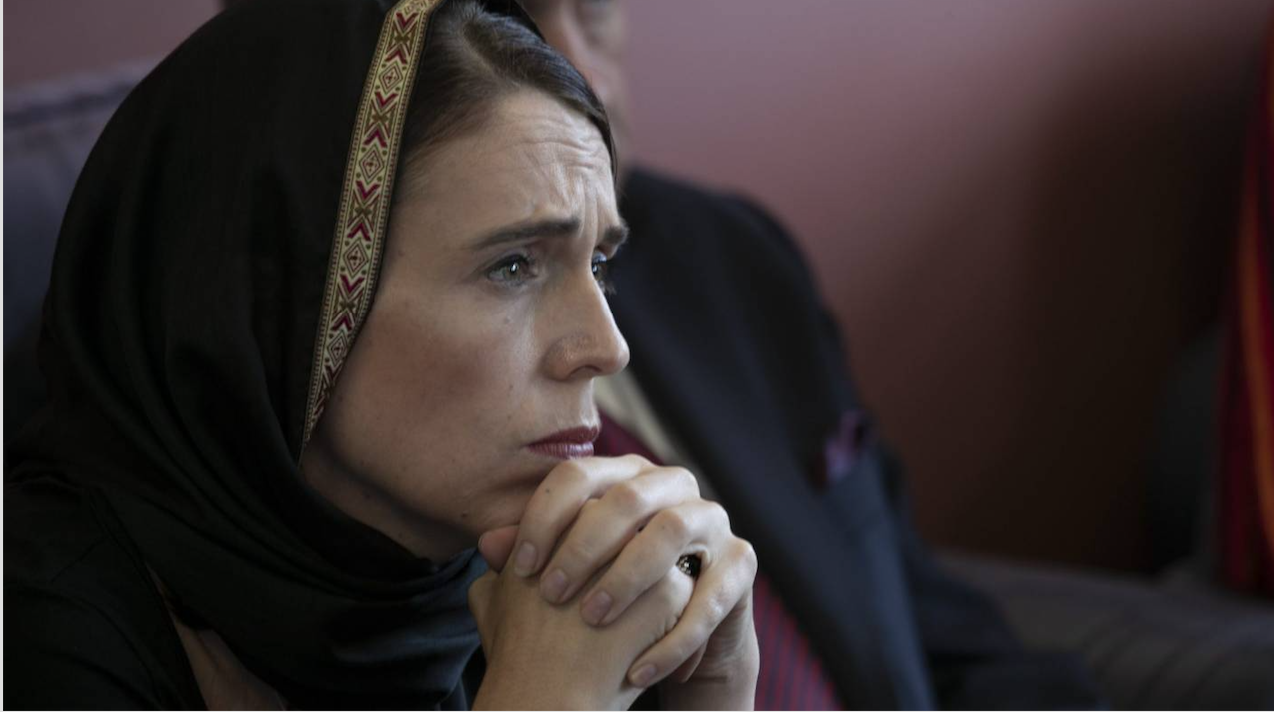Is New Zealand Feeling Satisfied With “Feeling Safe”?

New Zealand’s new gun laws were overwhelmingly supported by both sides of politics and the media. Yet promises that the changes will prevent future mass shootings have quietly been dropped, suggesting officials understand what happened after Australia sweeping legislative changes of the mid-1990s.
This article was originally published on Australian Outlook on 23 July 2019.
Within hours of the Christchurch massacre, and in the shadow of a nation’s profound shock and grief, New Zealand Prime Minister Jacinda Ardern promised that the country’s gun laws would change. Just weeks later, the New Zealand Parliament legislated to prohibit a range of previously-legal firearms and accessories. This included a majority of semi-automatic firearms.
The changes were overwhelmingly supported by both sides of politics, with 119 votes for and 1 vote against. Parliament also agreed to instigate a compensation program — commonly referred to as a “buyback” — for owners who found themselves in possession of newly banned guns. This was accompanied by a budget commitment of a little over NZ$200 million to fund that program.
During that early period, media coverage was effusive in its praise of PM Ardern for making such a rapid decision. Pundits spoke in glowing terms about the reforms, congratulating New Zealand for copying what Australia did after its 1996 Port Arthur massacre. As time has passed though, concerns about the new laws and their implementation have emerged among far wider sectors of the New Zealand community than just the gun owners who are directly affected.
With the immediate emotional response ebbing and measured thought returning, a number of mainstream commentators are now airing serious misgivings about the true costs of the program, its potential unintended consequences and whether it is likely to deliver value for money in terms of public safety outcomes. This has been fuelled by a series of missteps and controversies, including confusion about what has actually been banned, the decision to pay below market price for guns that are handed in, revelations about embarrassing thefts and losses of firearms that were already in police possession, and government inability or unwillingness to say how much the program is likely to eventually cost.
While the number of newly banned firearms in New Zealand is unknown, estimates suggest it ranges from around 250,000 to 300,000 guns. This is out of a population of just under 5 million, who own an approximated total of somewhere between 1.3 and 1.5 million civilian firearms. During the first week of the buyback scheme, which runs until December this year, 3,275 firearms were surrendered, along with 7,827 parts and accessories. Slightly over six million dollars has been paid for those. While this has been described in government press releases as a “success,” it is unclear how “success” is actually being measured. It appears as if process-oriented indicators — such as patient queues and manageable waiting times — are being used as the yardstick.
The possibility of substantial cost blow-outs, widespread non-compliance and a lucrative black market looms large. Unfortunately, this comes as no surprise. For example, it has been estimated that when Australia prohibited semi-automatic firearms, less than one in four banned guns was handed in. A sizeable proportion of firearms recovered by Australian police and intelligence agencies in the context of serious and organized crime are the same types of guns that were prohibited in 1996. It is now widely thought that the extent and nature of the 1996 legislative changes inadvertently stimulated an underground market in firearms, which has subsequently been implicated in terrorist attacks, gangland shootings and the cold-blooded murder of police. The New Zealand government will obviously want to avoid these problems, but as yet has given no indicator about how it plans to do so.
Adding to this sense of disquiet, politicians along with the highest echelons of New Zealand police have admitted that high-risk individuals who are already known to be in possession of illicitly held firearms, and who are at elevated likelihood of committing acts of violence using those guns, are unlikely to hand in their firearms. Promises that the changes will prevent future mass shootings have quietly been dropped. Indeed, police have even started to say that the new laws are about making people “feel safe.”
This suggests New Zealand officials are well aware of what happened in Australia after the sweeping legislative changes of the mid-1990s. It soon became apparent that the majority of Australian firearm homicide offenders did not hold gun licenses, did not register their firearms and routinely disregarded repeated government requests to hand their guns in. Despite the vaunting promises that were initially made about the reforms delivering real improvements to public safety, the accumulated research now indicates that the changes do not appear to have impacted on rates of firearm homicide.
Seen in this light, it is understandable that the focus in New Zealand is slowly shifting away from firm, well-defined outcomes and towards rhetoric that is intended to make people “feel safe.” But this raises its own set of troubling questions. When resources are finite, should they be directed to evidence-based initiatives that are most likely to genuinely improve public safety or to programs that soothe anxieties? When the funds to compensate owners for newly prohibited guns are coming from the public purse, what price are people willing to pay to feel good? And if symbolism and spin are to be favoured ahead of substance, then what does this reveal about the quality and depth of public policy more generally?
Until and unless the New Zealand government can deliver satisfactory answers for these questions, it seems likely that the rumblings of dissatisfaction will only continue to increase with every dollar spent.
Dr Samara McPhedran is director of the Homicide Research Unit and deputy director of the Violence Research and Prevention Program at Griffith University, Brisbane. Her area of expertise is firearm violence and gun policy and she has published widely in that field.
This article is published under a Creative Commons Licence and may be republished with attribution.





